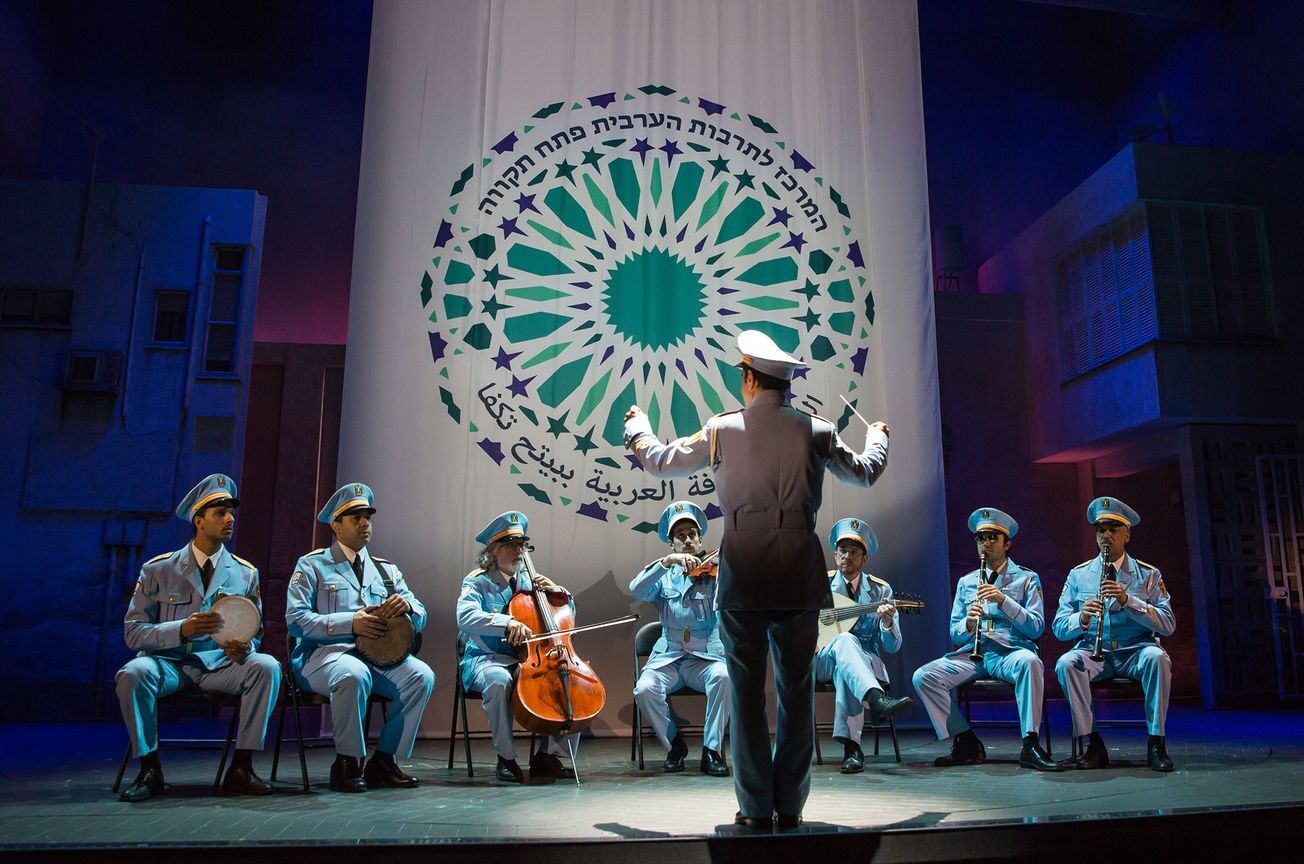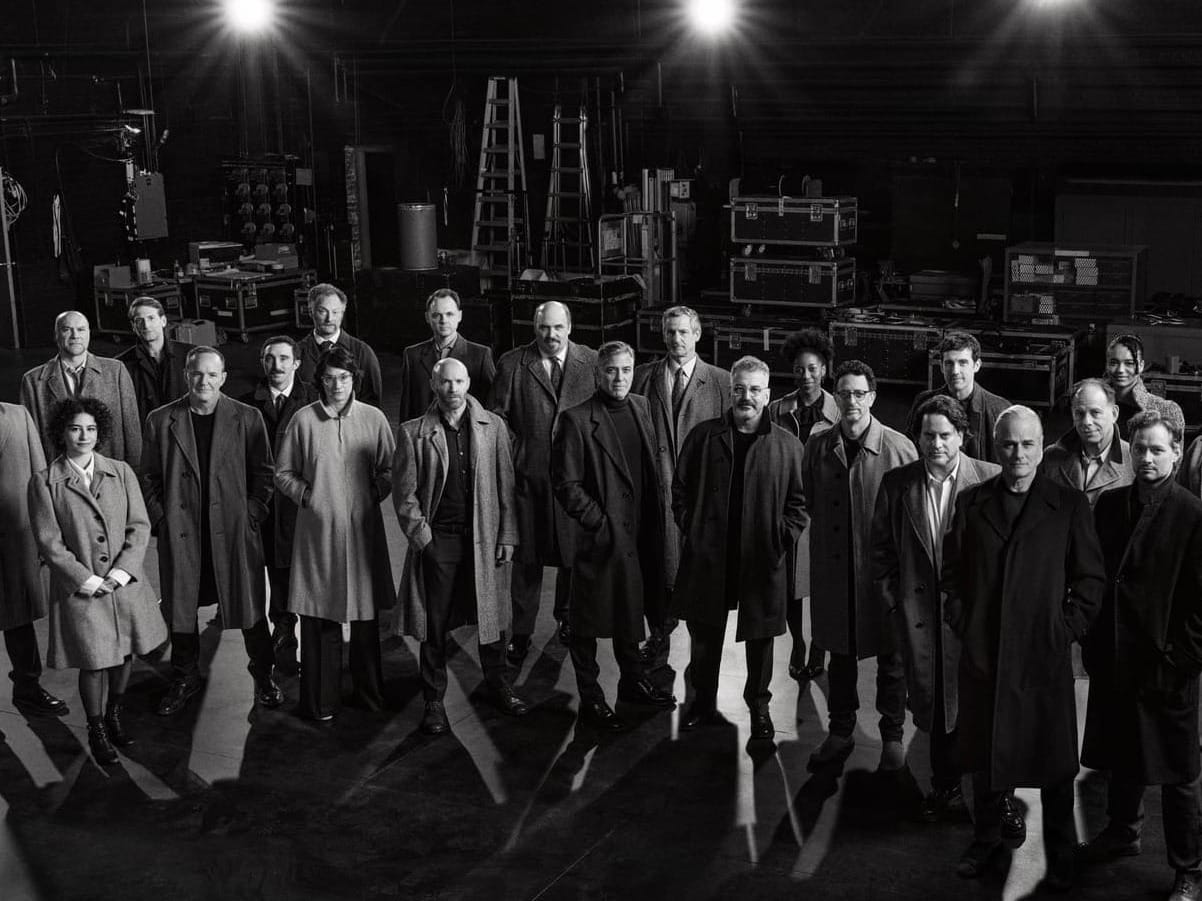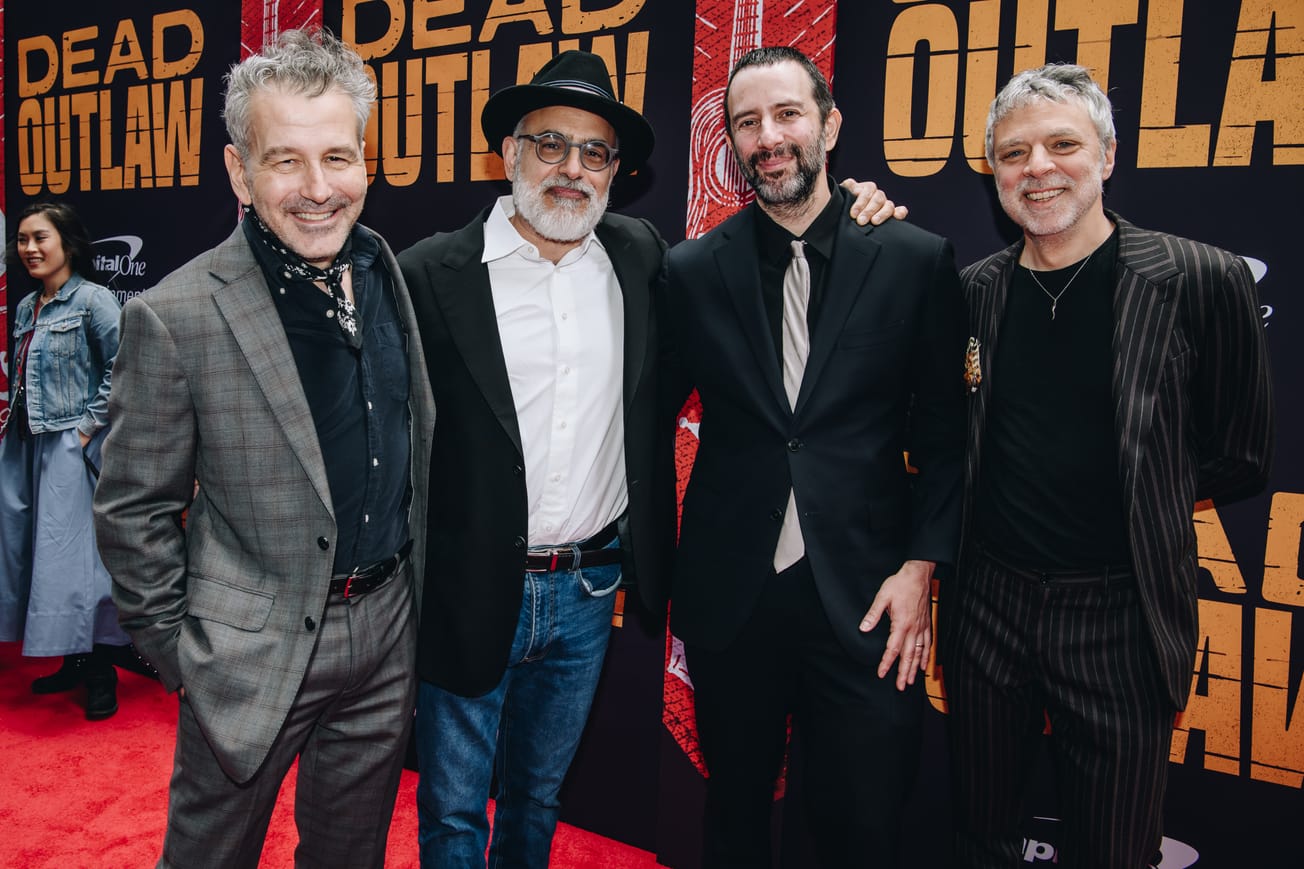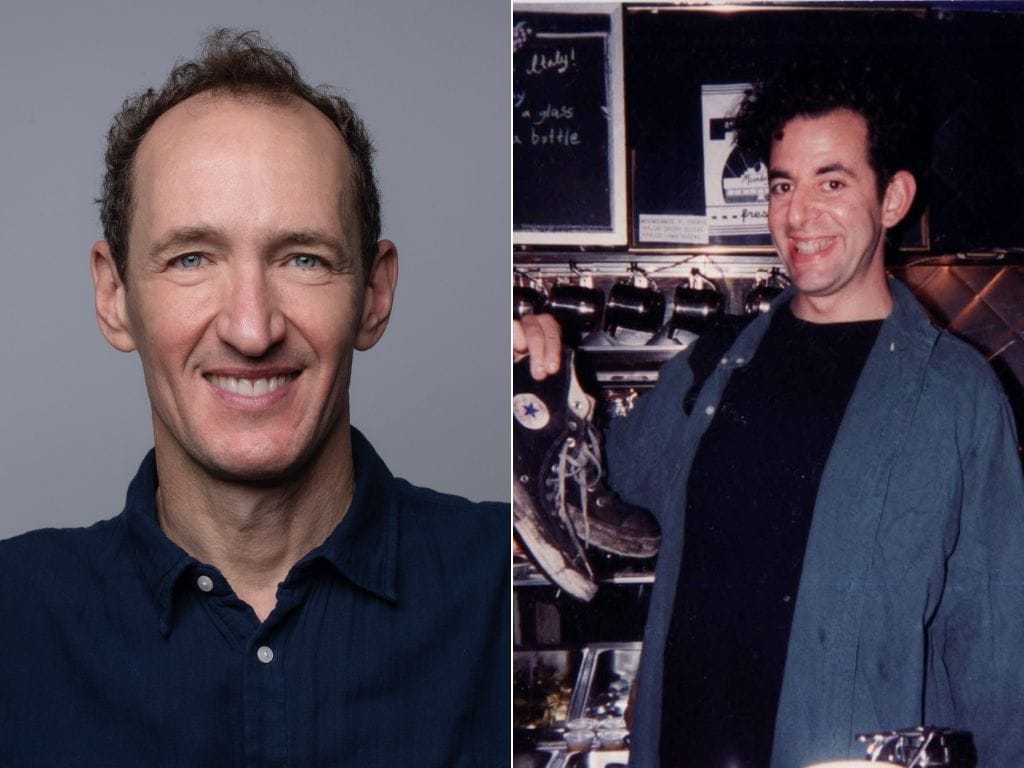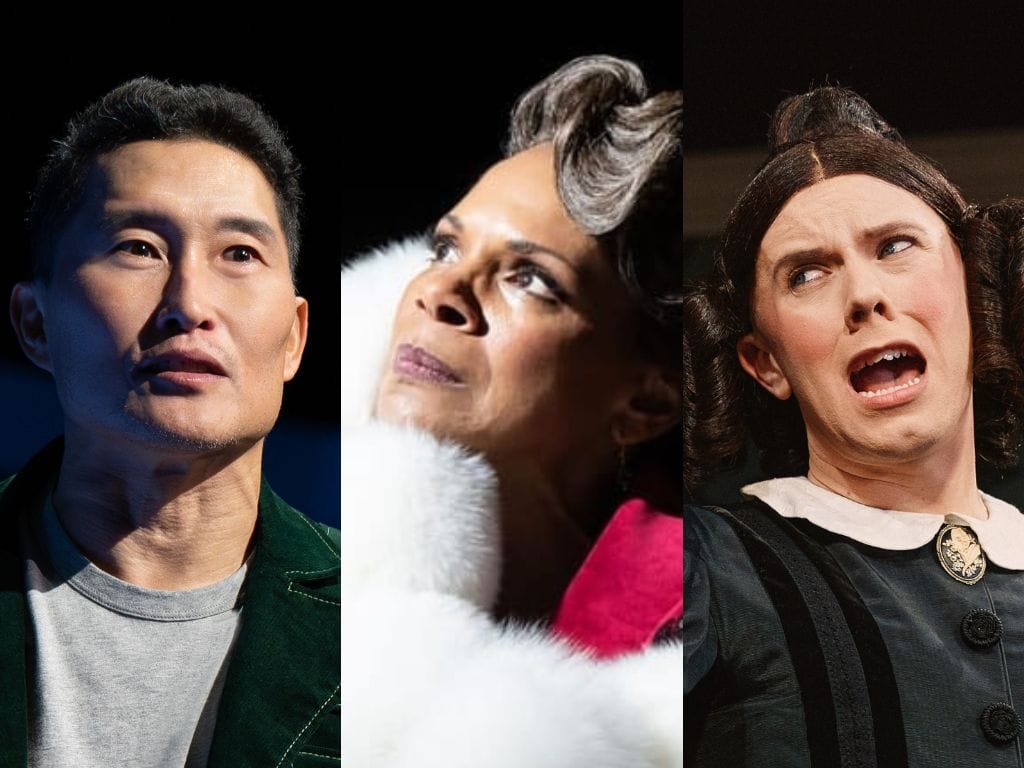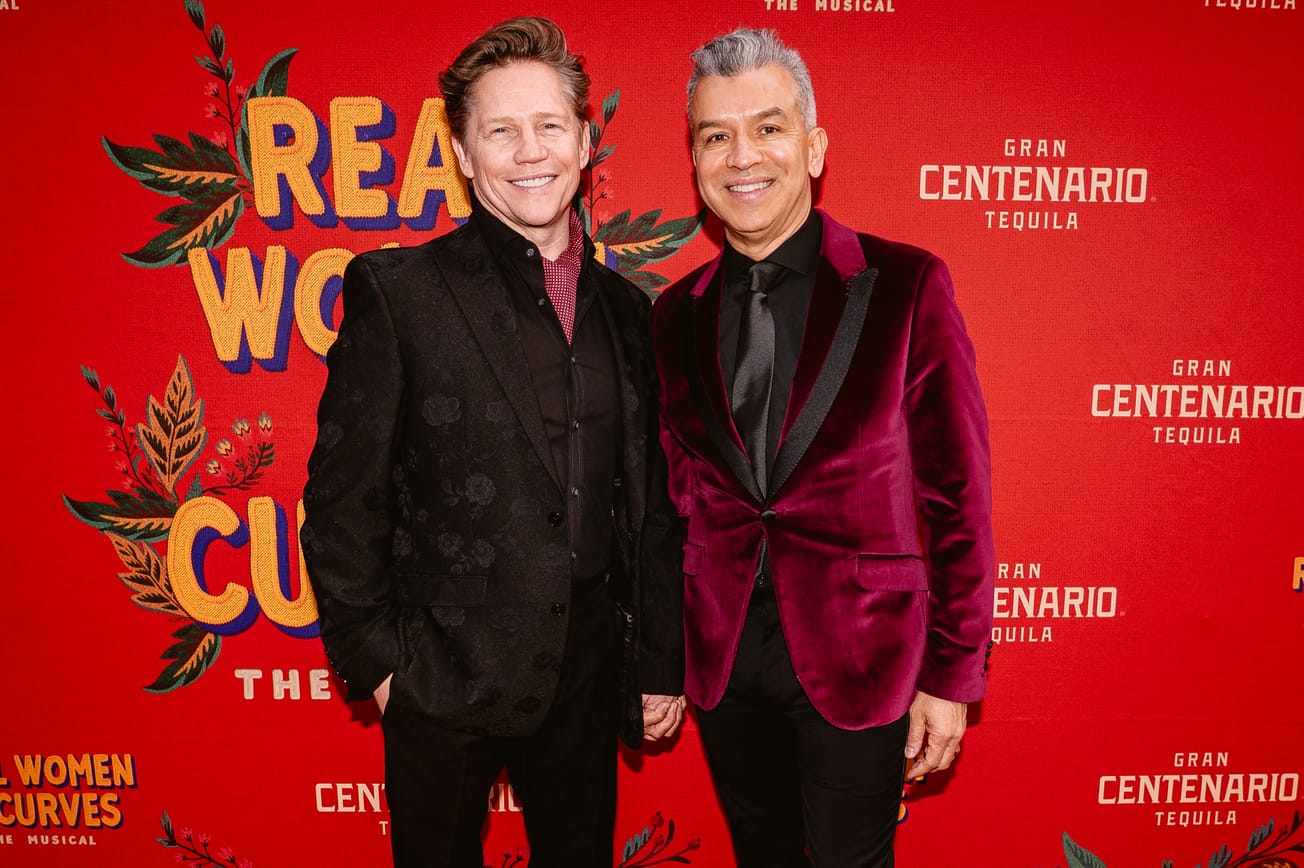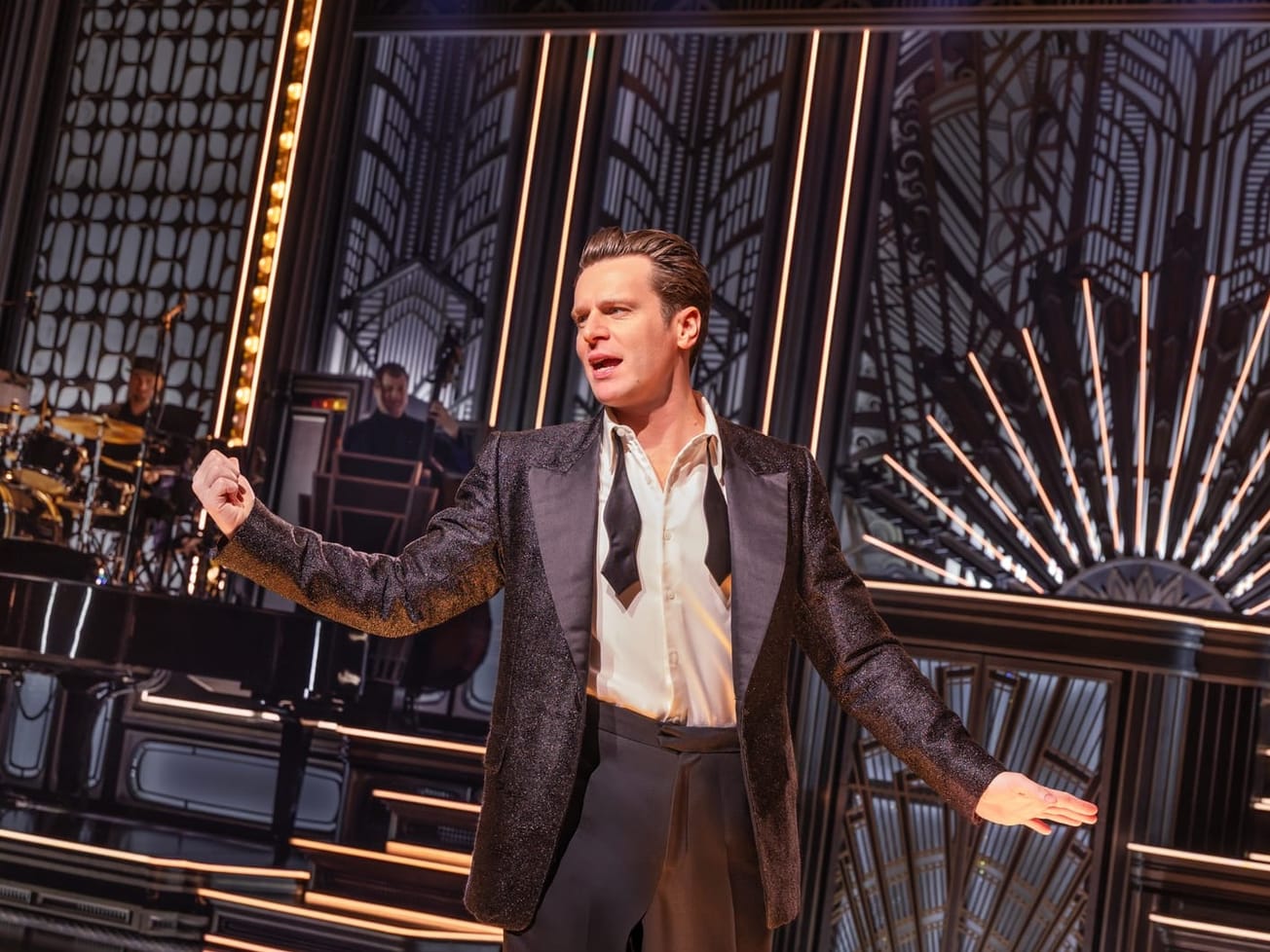The Tony Award categories for sound design are back with a boom.
Eleven sound designers of plays and musicals were nominated for Tony Awards this season, five years after the categories had been eliminated from consideration. With the return of the category comes a new voting system and a reinvigorated community supporting the designers and their work.
“It’s an honor to be nominated in a category that has come back from the dead,” said Kai Harada, sound designer on “The Band’s Visit.”
The Tony Awards for sound design was first awarded in 2008 and then taken away in 2014 without explanation by the Tony Awards Administration Committee. A New York Times article from that time cited two Tony voters who said voters largely did not know how to evaluate sound design.
That decision was met with outcry from the Broadway community, as well as a swell of support for sound designers, all of which led to the creation of the Theatrical Sound Designers and Composers Association, said Gareth Fry, a nominee for his sound design on “Harry Potter and Cursed Child.”
“It actually brought that sound design community closer together,” Fry said, adding that now the other nominees feel “less like competitors and more like a community.”
Though the categories were eliminated in 2013, the Tony Awards Administration Committee deemed that special honors could be awarded to sound designers going forward. That included Fry who received a special Tony Award in 2017, along with Pete Malkin, for his work on “The Encounter.”
The return of the competitive categories was announced last year, after the administration committee met with sound designers and other professionals and decided on new rules for the voting process. Though all of the Tony nominators selected the nominees, now only a subset of voters will vote on the sound design categories as well as Best Orchestrations.
Among Tony voters from The Broadway League, the category will be decided by 200 fewer voters and will be included on a second electronic ballot, as will the category of Best Orchestrations. That ballot will only be sent to producers, excluding co-producers, presenters and general managers, as well as theater owners.
As sound designers themselves acknowledge, one issue with judging sound is that when it’s done well, it’s hard to notice.
“It’s a very tricky combination of engineering and science and artistry,” said Peter Hylenski, a sound designer nominated for “Once on This Island.”
And each sound designer has their own style, as do the productions they are working on.
In his role as sound designer on “1984,” Tony Award-nominee Tom Gibbons looked to create loud, aggressive sounds to match the intensity of the storyline and make the audience feel that discomfort. But he needed to make sure the sound did not overpower the storytelling on stage.
“The challenge was to tell the story, yet make it a very brutal experience for the audience,” Gibbons said.
In “The Band’s Visit,” Harada’s challenge was making the mic’d band on stage seem like an acoustic experience for audience, while blending that with the music from the orchestra underneath the stage.
“The goal for me was to make it just as natural as possible,” Harada said.
Other nominees have very specific sounds they’re looking to create. Mike Dobson, foley artist on “SpongeBob SquarePants,” is visible to the audience in one of the boxes of the Palace Theatre as he matches each step of Ethan Slater, who plays SpongeBob, with the recorded sound effect of a rubbed balloon, in addition to creating many other effects.
“When SpongeBob walks around on stage, I’m making the sound that is the little squish of his feet,” Dobson said.
While many of the sound designers said they were honored to have been recognized — including Gibbons, who received “1984’s” sole Tony nomination — Walter Trarbach, a sound designer who is nominated alongside Dobson for “SpongeBob,” said the experience has reinforced the importance of sound design overall.
“I think it’s nice that it’s recognized, but I think more than that what I find very gratifying was the support we got from the whole theatrical community,” Trarbach said.


















































